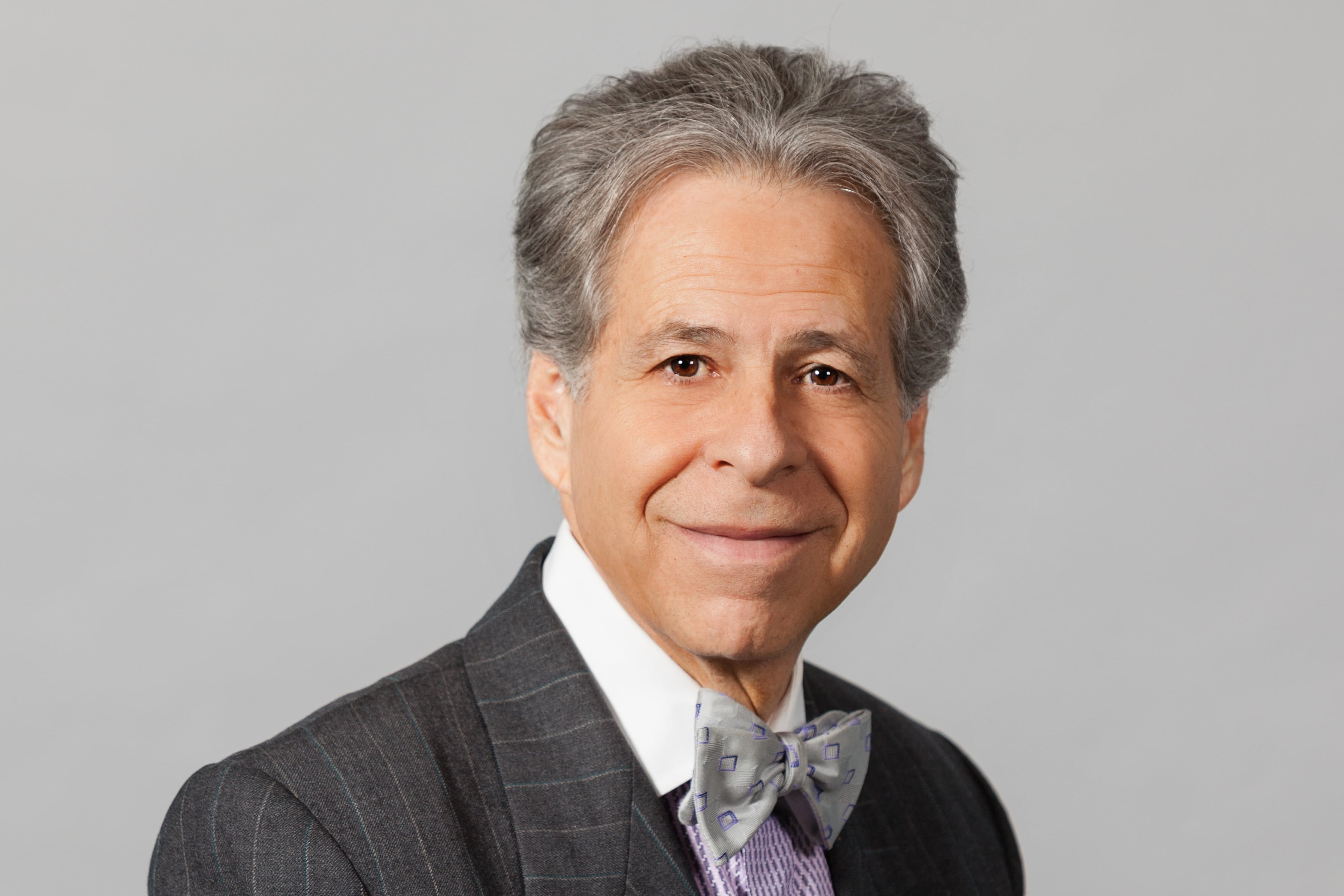Editor’s note: The following article was contributed by Arthur Langer of Columbia University and Workforce Opportunity Services. The content may be edited for clarity, style and length. Find more information at https://www.wforce.org/.
E-4 Specialist Donald Dutton suffered a knee injury serving in Afghanistan, ending his Army career. His reward for his service when he returned home? Working three jobs just to make ends meet.
Stories like Donald’s are all too common in the U.S. According to the Bureau of Labor Statistics, there were approximately 370,000 unemployed veterans in 2017, or 3.7 percent of the total veteran population. The rate is higher for post-9/11 veterans: 4.5 percent. Though overall unemployment numbers have declined over the years, those who put their lives in danger for our country should never have to wonder where their next paycheck is coming from.
As founder of Workforce Opportunity Services (WOS), a nonprofit that provides skill-based, hands-on job training for underserved populations, I’ve had the pleasure of working with veterans from all over the country. One aspect of their stories is consistent: trouble translating military skills to civilian life. This shouldn’t be the case with a demographic proven to be valuable to employers; a 2017 study from Syracuse University found that veterans have one of the highest return on investments. Why? Veterans bring a unique skill set that stems from serving in strenuous and unforgiving environments. In the field, there’s no margin for error and veterans bring that mindset to the civilian workplace.
Due to the increased use of technology in the military, more veterans are leaving their service with a proficiency for technical jobs than ever before. And within the military, the number of people working in technology outnumbered those with combat specialties. Last year, 161,571 active service men and women worked in engineering, science and technical jobs, whereas 151,501 specialized in combat. The idea that veterans are not ready for complex, technical jobs upon re-entering civilian life is erroneous.
I distinctly remember the story of one veteran, John Thomas, a program participant we recruited for a software engineer position with Hewlett-Packard (HP). John worked with artillery during his time in Iraq, not exactly the kind of job you would think has a lot of crossover with IT. But he was passionate and had the drive to learn, and his 10 years in the army taught him how to solve complex problems. John not only succeeded in his initial job with HP, he now runs his own company which creates personalized gift deliveries for people who can’t be with their loved ones. He also started the Atlanta-based non-profit, VetEngage, to help veterans learn about careers in cloud technology, business intelligence, analytics and data visualization.
When I talk with companies, it’s clear they have the ability to add veterans to their workplace. But do they have the resources to keep them? The U.S. Chamber of Commerce Foundation found that 44 percent of veterans left their post-military job within a year. Every time a business replaces a salaried employee, it costs 6 to 9 months’ salary on average to replace them.
It’s so important for businesses to have a plan in place to ensure veterans have all the tools to succeed. In the military, a soldier knows what they need to do to advance in the ranks. The path is less clear in the civilian business world. That’s why we work with our corporate partners to give consultants a 1-2 year plan that outlines how they can advance in the company and be a successful employee.
Perhaps the most crucial aspect of retaining veterans is mentorship. From the beginning of a program participant’s training to when they are hired as a full-time employee, WOS mentors stay in touch with their veterans. When Donald Dutton first met his WOS mentor, Patrick Spurgeon, for coffee at Newark Penn Station, they talked about career goals and what it was going to take to bring those to fruition. Patrick helped Donald revamp his resume and prepare for interviews. Flash forward to today, Donald was placed at Covanta through WOS’ On Demand program where he is working as a full-time employee, an opportunity that gave him the financial stability to grow his family. He recently celebrated his daughter’s first birthday.
From a more traditional standpoint, it can be helpful to hold sessions with your new veteran hires and lay out a plan for their next five years. Where do they want to be? What can you do as a company to help them achieve those goals? One of the things we pride ourselves on is having these conversations with the veterans we work with.
I’m happy to have seen the veteran unemployment rate shrink over the years but there’s still so much more we can do to ensure our returning heroes have access to the opportunities they deserve, as well the resources necessary to ensure their success. I call on all corporations to do their part to make sure veterans are not only considered for jobs, but get the support they need to thrive.

Arthur M. Langer is the chairman and founder of Workforce Opportunity Services. At Columbia University, Langer is a professor, director of the Center for Technology Management, and academic director of the M.S. in Technology Management programs.




